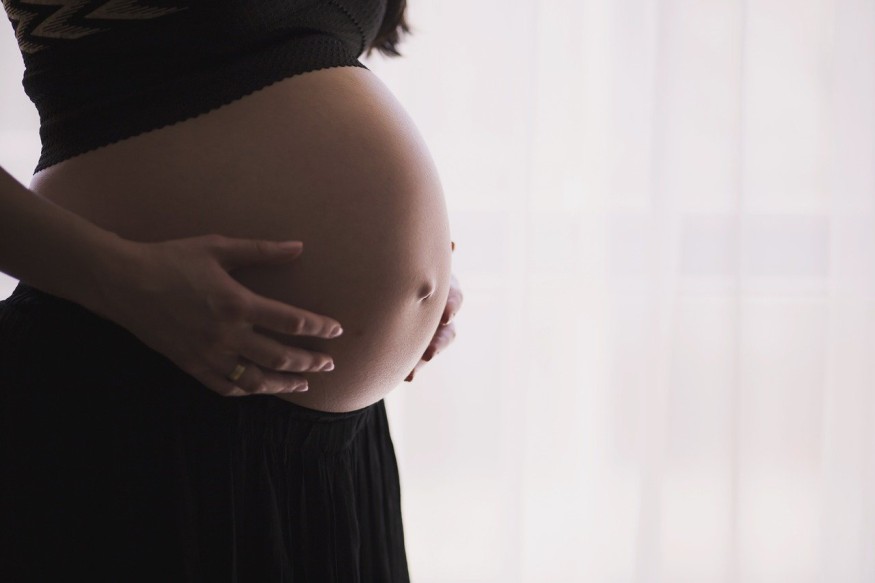Researchers at Simon Fraser University looked for evidence for industrial chemicals in Canadian women and found that pregnant women exposed to metals and pesticides are more likely to have autistic children.
They measured levels of 25 chemicals in the blood and urine samples of pregnant Canadian women who were in their first trimester of pregnancy.
The team found a direct link between pregnant women's exposure to certain environmental toxicants and the increased autistic-like behaviors in children in preschool.
These toxicants include metals, pesticides, polychlorinated biphenyls (PCBs), phthalates, and bisphenol-A (BPA). The team is unsure why the link exists and added that further study is needed to explore it in detail.
The full findings of the study, entitled "Gestational Exposure to Toxicants and Autistic Behaviors using Bayesian Quantile Regression," are published in the journal American Journal of Epidemiology.

What Causes Autism?
According to the Autism Society, there is no known single cause for Autism Spectrum Disorder (ASD), that affects 1-2% of children. Generally, it is widely accepted that abnormalities in the structure or function cause it. Researchers are still investigating a number of theories to pinpoint its root cause.
Moreover, genetics is also considered as those who have family members who have autism or related disorders are more likely to have children with autism.
Researchers are also looking into environmental factors such as exposure to chemicals, metabolic imbalances, and viral infections that may contribute to the likelihood of developing autism.
But those with genetic vulnerability, like congenital rubella syndrome, fragile X syndrome, tuberous sclerosis, and untreated phenylketonuria (PKU) were found to have autistic behaviors.
Children With Most Autism-Like Behaviors More Susceptible to Toxicants
MailOnline reported that the team used the data from the Maternal-Infant Research on Environmental Chemicals (MIREC) Study who recruited women in their first trimester of pregnancy between 2008 and 2011. The study staff conducted follow-up surveys and check-ups as the children grow
At age 3-4, parents were asked to complete a questionnaire about autistic traits designed for preschool-aged children. They were able to get the T-score, which showed a greater number and intensity of autistic-like behaviors on the children.
The researchers found that the mothers have high concentrations of cadmium, lead, and some phthalates in their urine and blood samples, which are also present in children with more autistic-like behaviors.
Furthermore, the researchers also used the Social Responsiveness Scale (SRS) questionnaire to determine the stereotypical behaviors seen in autistic children.
Their findings showed that children with most autistic-like behaviors are particularly susceptible to these environmental toxicants. The study highlights the relationship between increased SRS scores and environmental toxicants. But they recommend further study on this matter to explain it in detail.
Researchers used the statistical analysis tool of Bayesian quantile regression to circumscribe individual toxicants linked to increased SRS scores.
Read also: New Study Finding: Autism Is Thrice More Common in Boys, and Vitamin D Has Something To Do With It
Check out more news and information on Autism in Science Times.
© 2025 ScienceTimes.com All rights reserved. Do not reproduce without permission. The window to the world of Science Times.












